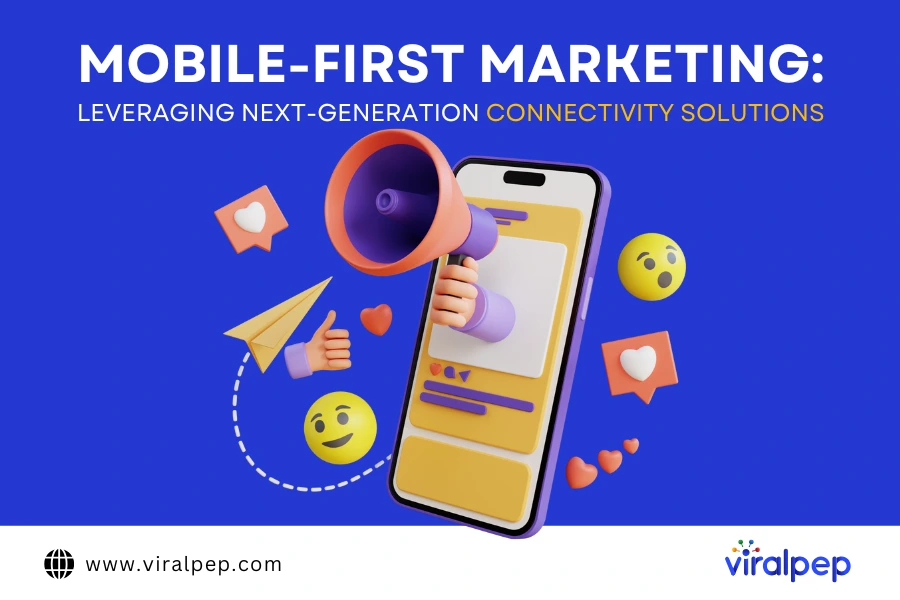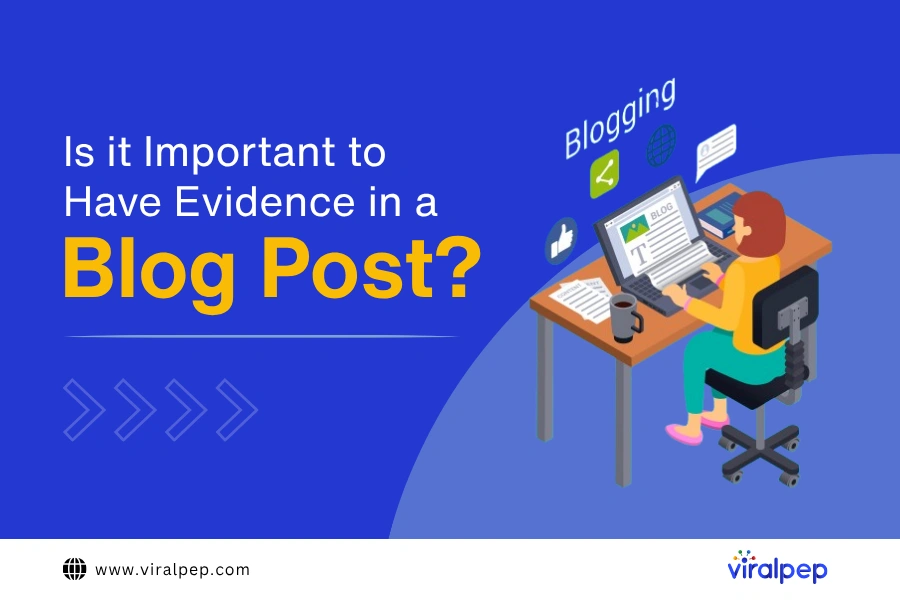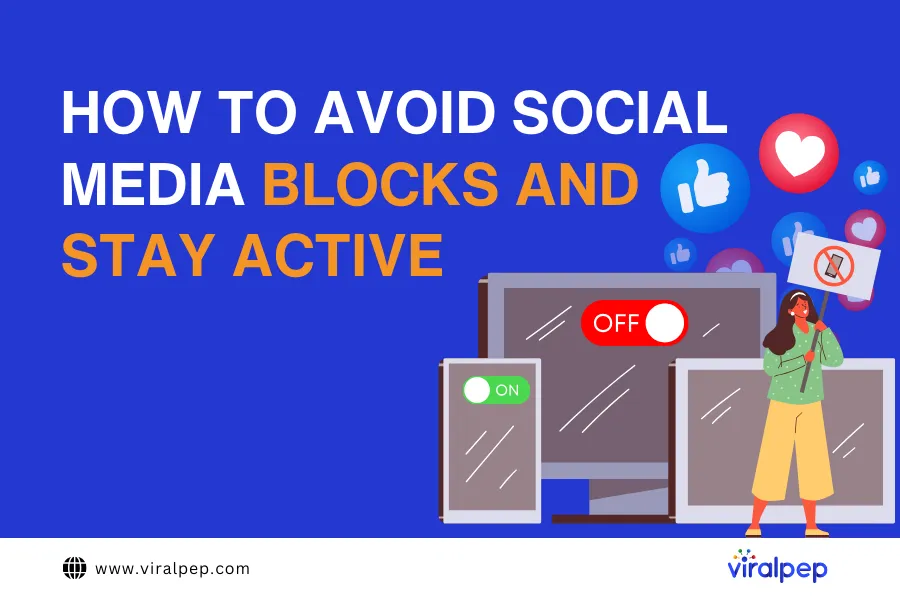Mobile isn’t just a tool to reach customers; it’s the first step to interact, learn, and decide in today’s digital economy. You may order lunch, watch films, and read product evaluations on your phone. Thus, marketers must fundamentally rethink their strategy because this change in how people buy products is permanent. Marketing tactics that prioritize mobile devices are essential.
Being mobile-first goes beyond fitting your website on a smartphone’s screen. Knowing how people use their phones, where they are, and what networks they are on allows you to present them with personalized and helpful information at the right time. To achieve this, you can employ mobile proxies – a paramount tool in our hyper-connected society.
The Rise of Mobile-First
Everything is becoming mobile-first. People today live through their phones. Smartphones are the default device for everyone, from Gen Z teenagers to busy CEOs who work from home. Everything, from the search intent to the brand interaction, starts on mobile. If your online presence does not perform perfectly on mobile, you are at a disadvantage.
However, identifying mobile users can be more challenging. They switch networks, move between apps, and access content from different places. Tracking this behavior, customizing experiences, and testing ads across locations can be difficult, especially with stricter data privacy laws and network constraints. Such activity is where mobile-first tactics need an edge: one that combines realistic user behavior simulation with stable internet access. Here, mobile proxies come in to save the day!
Why Mobile Marketing Lacks Connectivity: The Missing Piece
Marketers spend a lot of time ensuring their messaging, speed, and user interface are as good as possible. However, one thing that is often overlooked is how people use connectivity. Different mobile users access content in different ways. People in New York who use 5G will have a different experience than people in Texas who use LTE.
You need to know about these disparities to make campaigns that matter. You have to see what they see, load what they load, and act the way they do. You can’t use generic IP addresses for ad verification, regional SEO testing, or checking how well an app works in different areas. You need tools that simulate genuine mobile settings, such as IP geolocation and carrier networks.
A 4G LTE mobile proxy is a perfect example of a solution that does this. These proxies let marketers pretend to be real mobile consumers by sending their traffic through actual devices on mobile carrier networks. It’s the closest approach to emulating your customer’s online experience.
What 4G LTE Proxies Do That Other Tools Can’t
4G LTE mobile proxies come from genuine SIM cards, so websites and apps see them as real mobile users. This is different from datacenter proxies or VPNs. This method gets beyond most anti-bot systems, gives you accurate information about other regions, and makes it easier to do testing, research, and ad monitoring without being blocked or given incorrect data.
Marketers use mobile proxies to:
- Ad Validation: Ensure that mobile advertising looks right on multiple carriers and in different parts of the US.
- Competitive Monitoring: Find out how competitors reach local mobile users without being noticed.
- Localized SEO Testing: Discover what appears in mobile search results for different zip codes or cities.
- Check the Performance of Apps: See how they work on different types of networks and signal intensities.
These solutions are getting better as 5G becomes more ubiquitous, giving marketers even more detailed control and insight into mobile environments.
How to Keep Up in a World of Mobile Phones
The companies that are successful today aren’t just mobile-friendly; they’re mobile-native. They know how varied settings affect how people act and change their conduct to fit. They see mobile marketing as a combination of technological and behavioral science, whether it’s making users’ load times faster or testing payment gateways in certain states.
They can adapt quickly because they can see what they need to see with solutions like 4G LTE mobile proxy. They don’t have to assume how their campaign looks in California compared to Florida; they can see it live, make modifications, and fix problems within hours.
You can’t match that level of flexibility with static tools or generic analytics dashboards.
Making Sure Your Strategy Will Work in the Future
As connections change and 5G offers even quicker and lower-latency mobile experiences, marketers must stay ahead. The next generation of advertisements won’t only be “mobile-friendly.” They’ll also be aware of network conditions, specific devices, and local contexts.
To test, grow, and optimize in real time across regions, brands must be able to access mobile proxies. This special infrastructure makes mobile-first marketing possible.
Conclusion
It’s not about making your desktop experience fit on a smaller screen when you do mobile-first marketing. It’s about putting yourself in the shoes of a mobile user and thinking about how they search, scroll, and buy. You need tools that let you see things from their perspective to really get good at this. And with mobile proxy solutions, that perspective is finally real, available, and powerful.
Now is the time to add mobile proxies to your marketing stack if your brand is serious about going digital. In the fight to catch people’s attention, the best thing you can do is experience the mobile world through your audience’s eyes.











